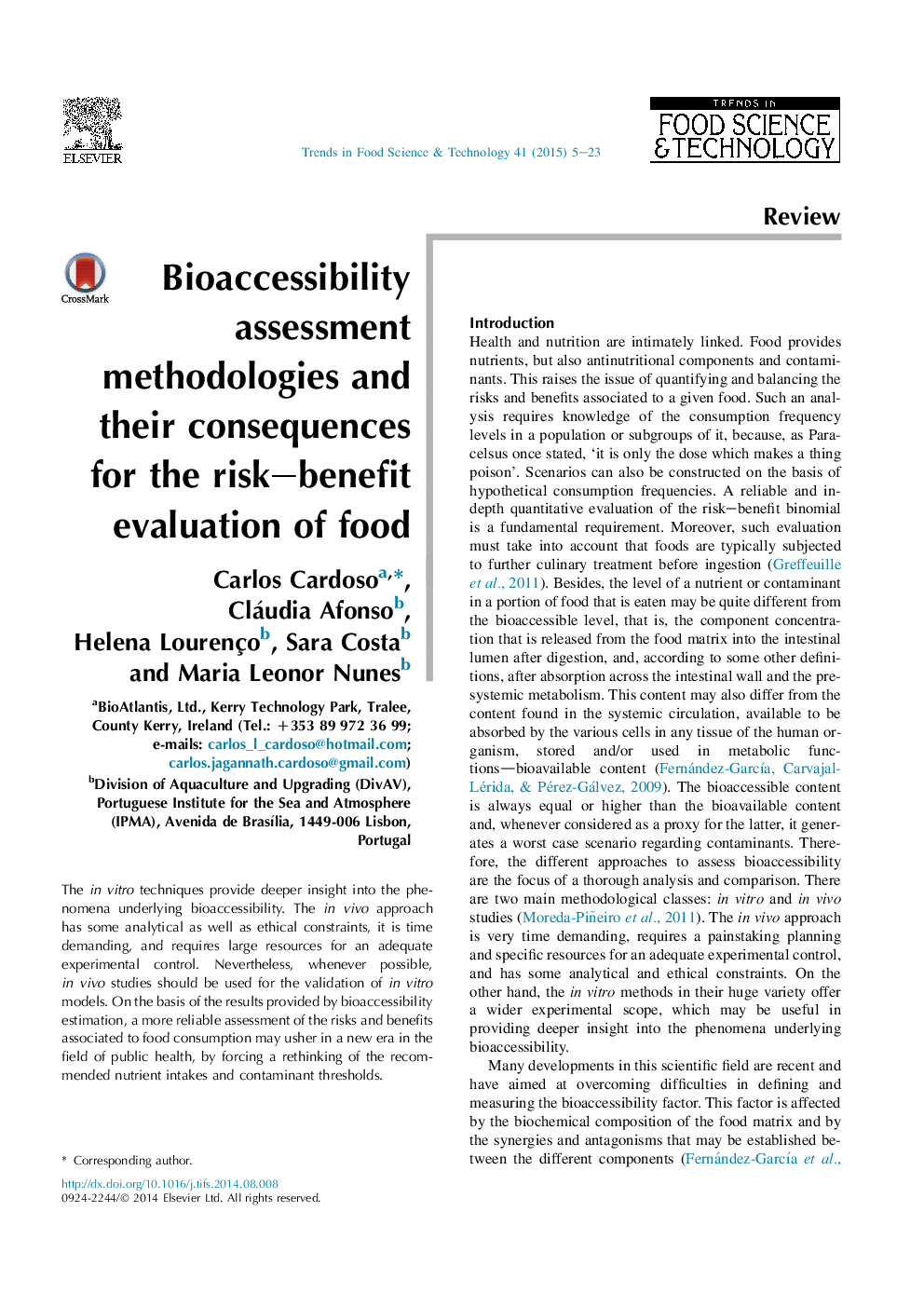| Article ID | Journal | Published Year | Pages | File Type |
|---|---|---|---|---|
| 2098551 | Trends in Food Science & Technology | 2015 | 19 Pages |
•The in vitro techniques in their huge variety offer a wider experimental scope.•In vitro methods may underestimate the effects of previous meals.•The in vivo techniques have analytical, time, resources, and ethical constraints.•In vivo studies should be used for the validation of in vitro models.•A better assessment of risks & benefits may derive from bioaccessibility estimation.
The in vitro techniques provide deeper insight into the phenomena underlying bioaccessibility. The in vivo approach has some analytical as well as ethical constraints, it is time demanding, and requires large resources for an adequate experimental control. Nevertheless, whenever possible, in vivo studies should be used for the validation of in vitro models. On the basis of the results provided by bioaccessibility estimation, a more reliable assessment of the risks and benefits associated to food consumption may usher in a new era in the field of public health, by forcing a rethinking of the recommended nutrient intakes and contaminant thresholds.
